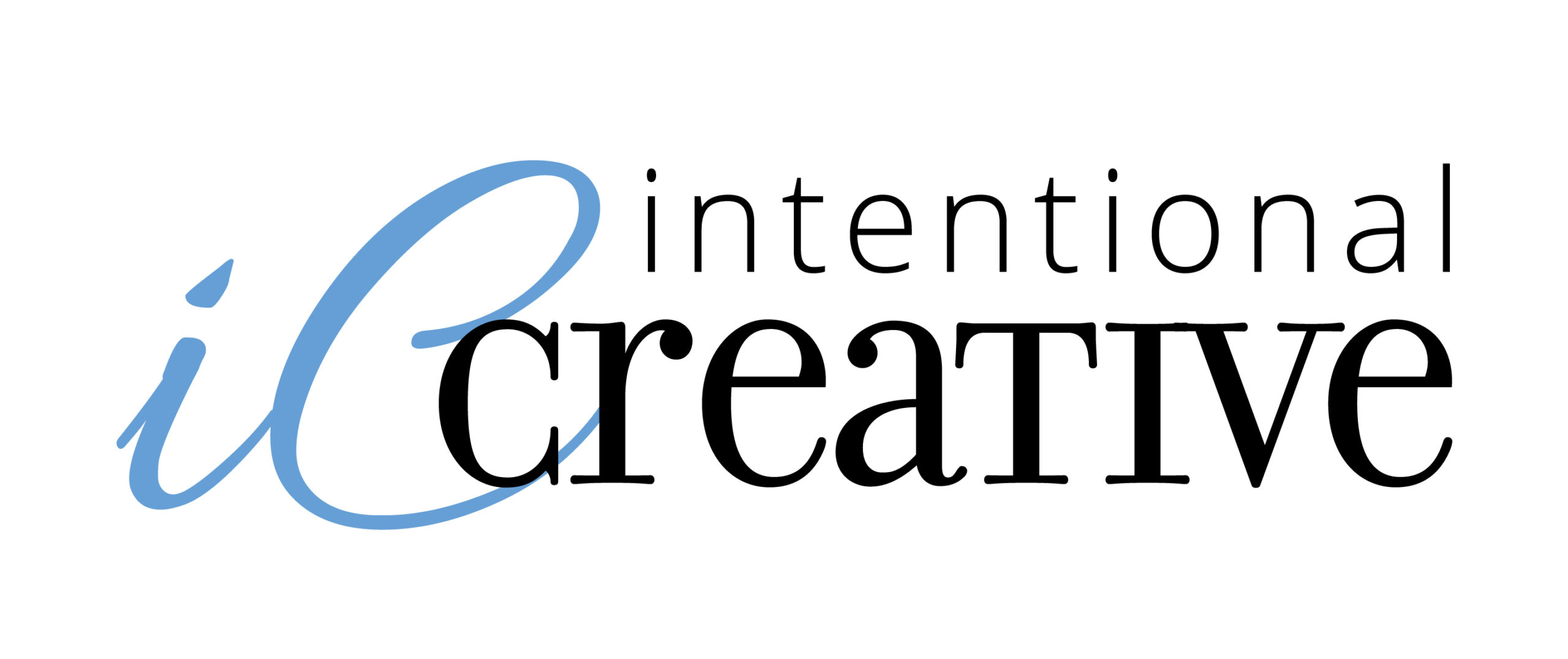a logo is a signature, not a brand
In today’s fast-paced world, branding is everything. Companies constantly seek new ways to stand out in a crowded market and make strong emotional connections with their customers. The logo is one of the most fundamental aspects of branding and the keystone. It serves as a visual signature for the company. However, more than a logo – especially an unknown logo – is needed to make a consumer stop and digest the content. Instead, the emotional connection that a headline and visual content provide is much more effective.
Think about it. When the audience sees a logo they don’t recognize, it doesn’t mean anything. They will likely continue to walk or scroll by, never thinking about it again. Sure, it might look nice or interesting, but it doesn’t evoke strong emotions or connections. Our world is so flooded with information and brands it is common to ignore the unknown. We don’t want to waste our time there. A connection has to be made, usually in the form or a problem solved or fear relieved, before the audience becomes curious.
When a business puts its logo big and centered at the top of a brand visual, it’s a great disservice to the message and does not aid in creating a strong emotional connection. It takes the legs off the campaign. Not much of the audience will react or engage with the brand.
In contrast, a powerful headline or image instantly grabs attention and makes the viewer feel something. Now, there is curiosity, intrigue, or even inspiration, and the viewer wants to know who “sent” the message. Now, they are looking for the logo. They want to know who is going to solve that problem for them. The logo just became very important.
All of this makes a logo a signature instead of a headline. It’s a visual representation of the company, but it doesn’t necessarily communicate enough on its own. Consumers will associate the logo with the brand and that emotion only after repeatedly seeing the logo paired with a powerful headline, creating an emotional connection. Essentially, the logo is signing the note to the consumer, but the visuals and content deliver the brand message.
Of course, this doesn’t mean that logos aren’t necessary. On the contrary, a well-designed logo can be a powerful tool for building brand recognition and loyalty. It becomes the symbol of the emotional attachment and experience associated with the brand. But it’s important to remember that a logo is just one piece of the puzzle. To truly connect with consumers and make a lasting impression, companies must focus on creating engaging, creative, positive experiences and emotional connections that resonate with their audience.
As brands spend years and a hefty budget developing their brand signing with their logo, the logo begins to mean something all by itself. Their audience is accustomed to the messaging, product, and service, so those emotions are synonymous with the logo. We see the logo of brands like Nike, Apple, and Mercedes, and we already know what to expect. Their signature means something. That’s the goal. Build a brand around the message and make that signature mean something.
In conclusion, a logo is a signature, not a headline. While the logo serves as a visual representation of the company, the emotional connection to the message genuinely grabs consumers’ attention and grows the brand. By pairing a well-designed logo with powerful headlines and emotional connections, companies can create a memorable and effective brand that resonates with their audience.
